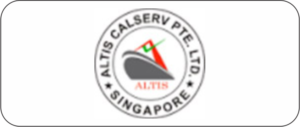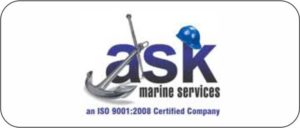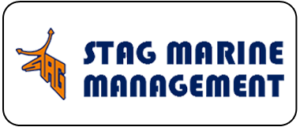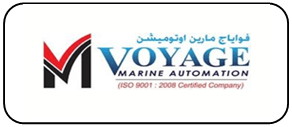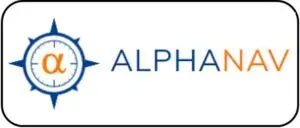 Purpose
Purpose
The Magnetic Compass Adjuster course is conducted by experienced faculty who has been doing adjustment out at sea. After going through the course, candidates gain enough confidence to carry out adjustments in ship’s magnetic compass to eliminate / reduce compass error due to ship’s induced magnetism (deviation). The course also covers magnetic compass repairs in detail.
As per OCIMF guidelines, compass developing more than 3 degrees deviation from the last recorded deviation curve should be re-adjusted, hence a finding in vetting inspection. Also a deviation more than 5 degrees on any heading needs to be readjusted. Ship managers spend a lot of money to hire a compass adjuster to do adjustment to magnetic compass to close the SIRE finding. Magnetic Compass Adjuster course enables ship’s officer to carry out the adjustment themselves and keep compass calibrated to avoid SIRE findings.
According to AMSA, failure to maintain a magnetic compass in a good working order or to monitor deviations may result in a vessel being delayed or detained, and the vessel owner and/or Master can potentially be prosecuted.
Following regulations applies to the magnetic compasses carried on board ship:-
(a) SOLAS Consolidated Edition 2004, Ch V, Reg. 19.2
(b) IMO Assembly Resolution A.382(X) – Magnetic Compasses Carriage and Performance Standards
(c) STCW Convention, 1978, as amended, and the STCW Code
(d) ISO Standard 2269:1992 – Class A magnetic compasses, azimuth reading devices and binnacles — Tests and certification
REQUIREMENTS:
(Taken from all above mentioned requirements considering vessels are fitted with class A magnetic compasses)
1.0 Allowed Residual Deviation
1.1 All vessels are required to be fitted with a properly adjusted magnetic compass. The residual deviation, or error, should be 5° or less on all headings.
2.0 When a Compass Should be Adjusted
2.1 Magnetic compasses should be adjusted when:
.1 They are first installed;
.2 They become unreliable;
.3 The observed error consistently exceeds the allowed limit of 5° on one or more headings;
.4 After dry docking, or after repairs or structural alterations have been made to the ship that could affect its permanent and / or induced magnetism (see paragraph 3.1 below);
.5 Electrical or magnetic equipment close to the compass is installed, removed, or altered;
.6 After one (1) year from when the compass was last adjusted if the required record of compass deviations has not been properly maintained or the record of deviations are excessive; and/or
.7 When deemed necessary by the Master.
3.0 Changes in Magnetism During the Life of a Ship
3.1 The magnetism of a new vessel can be particularly unstable. The same is true following major structural repairs or modifications. Therefore, the performance of magnetic compasses should be monitored carefully during the early life of a vessel as well as after repairs or modifications are completed to determine if the compass requires adjustment.
3.2 Masters are advised that it is essential to check the performance of magnetic compasses particularly:
.1 When carrying and after discharging cargoes that have magnetic properties;
.2 After electromagnetic lifting appliances are used for cargo loading or discharging(see paragraph 3.3 below);
.3 Following a casualty in which the vessel has been subject to severe contact or electrical charge, such as a lightning strike; or
.4 After the vessel has been laid up or lying idle since even a short period of idleness can lead to serious deviations, especially for small vessels.
3.3 The retentive magnetic field induced by electromagnetic lifting appliances can alter a vessel’s magnetism, making compasses unreliable. However, a large amount of the magnetism induced by electromagnetic equipment may subsequently decay. Therefore,immediate readjustment is not advised until the residual deviation of the compass has been determined.
4.0 Monitoring Compass Deviation
4.1 A magnetic compass’ error should be determined at least once a watch while the vessel is at sea and, when possible, after any major alteration of course. The observed error should be recorded in a compass deviation book. Checking the compass deviation regularly may show the need for repair, testing or adjustment. In addition, compasses should be inspected occasionally by a competent officer or compass adjuster. An entry should be made in the compass deviation book when a vessel enters and leaves dry dock.
5.0 Compass Adjustments and Repairs
5.1 Adjustment must be made by a duly authorized compass adjuster. If a qualified and certified compass adjuster is unavailable and the Master considers it necessary, then adjustments may be made by the Master provided he has the necessary expertise. Under no circumstances should the same person who surveyed a vessel carry out the compass adjustment or repairs.
5.2 The date of any adjustment and other details should be noted in the compass deviation book. Such details should include the position of all compass correctors as well as the vessel’s position and sea conditions when the adjustments were made.
5.3 A compass deviation card should be prepared each time the compass is adjusted. Separate deviation cards should be prepared for the standard compass and the transmitting magnetic compass repeater, if fitted, by comparing headings.
5.4 Repairs should only be made by the compass manufacturer or other competent person or company using proper test facilities. When the work is finished the repairer should supply the Owner or Master with a certificate specifying the date the work was done and the applicable standards.
Responsibility for Maintenance
The Owner and the Master are responsible for ensuring that compasses on their ships are maintained in good working order.
Target Audience
This course is for ship’s Master and navigational officers. However Electronic Navigational Aid service technicians are also welcome to learn the tricks of Magnetic Compass Adjustment.
Course Content magnetic compass adjuster
Day : 1 (Theory)
- Introduction including legal aspects and requirements
- Principle of compass adjustment
- Obtaining Magnetic Variation of a place
- Magnetic effects of electrical currents
- Ships magnetism
- Effects of permanent and induced magnetism
- Compass design – general principles
- Compass compensations
- Use of Gauss meter in adjusting Heeling magnets
- Magnetic effects of Northern and Southern Hemisphere on Heeling correctors
- Coefficient A,B.C,D and E
- The various types of transmitting magnetic compass bowls and repeaters
- Compass Repairs and Compass liquid characteristics
- Removing the bubble in compass
- Methods of detecting mechanical errors in compasses at sea
- Assessment of safe distances of navigational and other equipment of the Compass
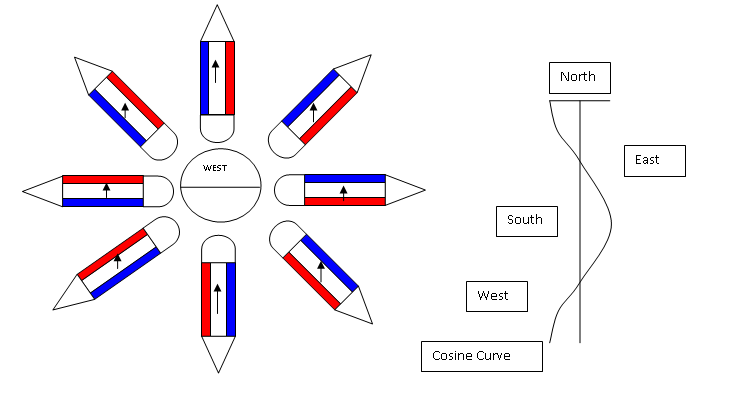

Day: 2 (Practical)
- Practical Compass adjustment and making deviation card
Course Fee INR Duration Course Timing Date Commence Remarks
MCA
40,000
2 days 10:00-18:00 Once Every Month
On-site call assistance and support to delegates after the course !!!






